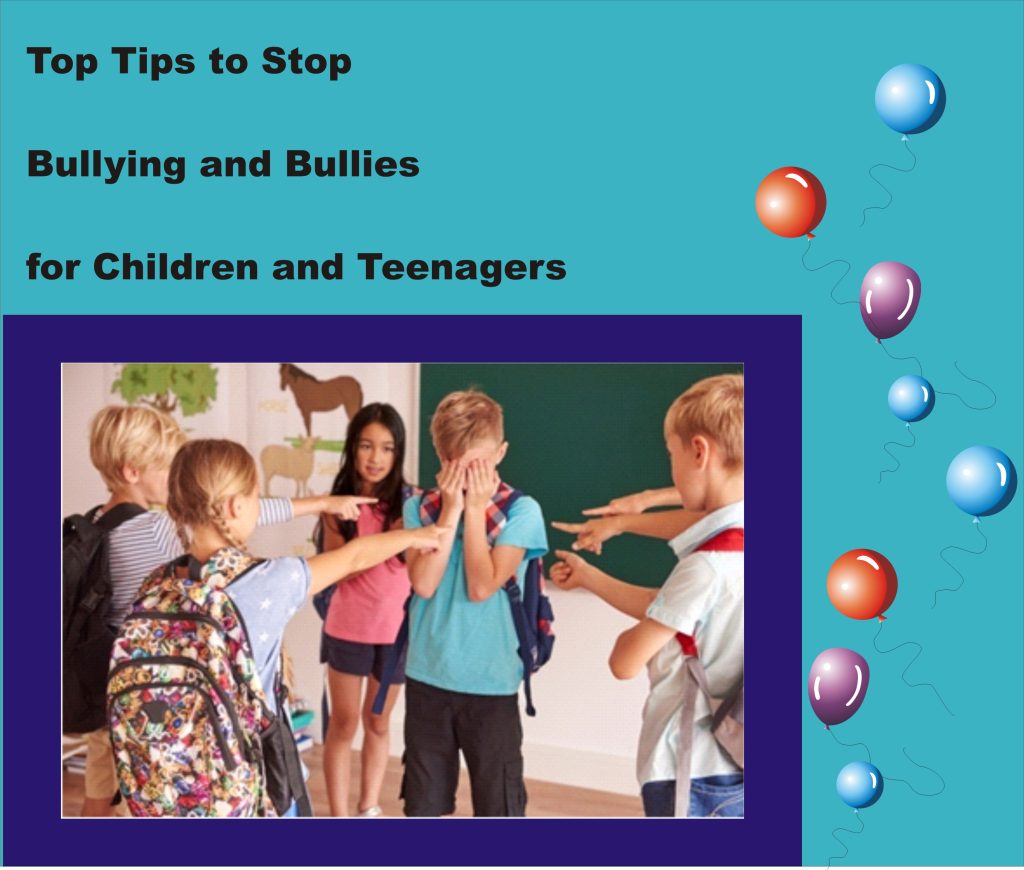It’s Monday morning, and you walk into the class with a sinking feeling in your stomach. He’s already at his desk, and the atmosphere becomes heavy with anxiety. The fear of ridicule, shame, and insults lingers in the air. Cold sweat breaks out as you anticipate another day of torment. You wonder why he stalks you, why the hatred is so intense, and why he finds joy in threatening and scaring you. Your heart races, and silently you pray that maybe today, it wouldn’t be that bad, and he might pick on someone else.
Then it starts,
“Hey, ‘Brian Braces,’ I heard you farted in church yesterday.”
“Here comes mummy’s boy. His mummy dresses him stupid and funny! Doesn’t he look like a loser?”
The whole class erupts in laughter. It’s a recurring nightmare.
Bullying, as experienced by ‘Brian Braces,’ is any kind of ongoing physical or verbal mistreatment by one person or a group towards another. This torment can extend its reach to anyone – children, teenagers, and even adults. It can manifest anywhere – in classrooms, school hallways, dining halls, on the streets, inside school buses, and on playgrounds.
The forms bullying can take are diverse – threats, intimidation, verbal abuse, name-calling, put-downs, physical violence, extortion of money and possessions, deliberate exclusion from peer groups, classes, or social activities, among others. It’s a pervasive issue that transcends age and location.
Bullying is more than just a bad experience; it can cause serious psychological harm, interfering with the victim’s social, academic, and emotional development. The scars of bullying can linger, affecting one’s self-esteem and confidence well into adulthood. Research further emphasizes the gravity of bullying, revealing that individuals who engage in such behavior during their youth are more likely to be convicted of crimes later in life.
Understanding the dynamics of bullying is crucial in addressing this pervasive problem. It’s not just a childhood rite of passage; it’s a serious issue that demands attention. But who is a bully?
A bully is someone who derives satisfaction from tormenting others. They use various means to assert dominance, often preying on those they perceive as weaker or different. Bullies may themselves be victims of deeper insecurities or challenges, projecting their issues onto others to feel a false sense of power and control.
Identifying a bully is not always straightforward. They might hide behind a façade of charisma or popularity, making it challenging for others to see their harmful actions. It’s essential to recognize the signs of bullying and create a safe environment where victims can speak up without fear of further retaliation.
In conclusion, bullying is a pervasive issue that affects individuals across different stages of life. Understanding the various forms it can take and recognizing the signs of a bully is crucial in addressing and preventing this harmful behavior. It’s time to stand united against bullying, fostering environments where kindness, empathy, and respect prevail.


